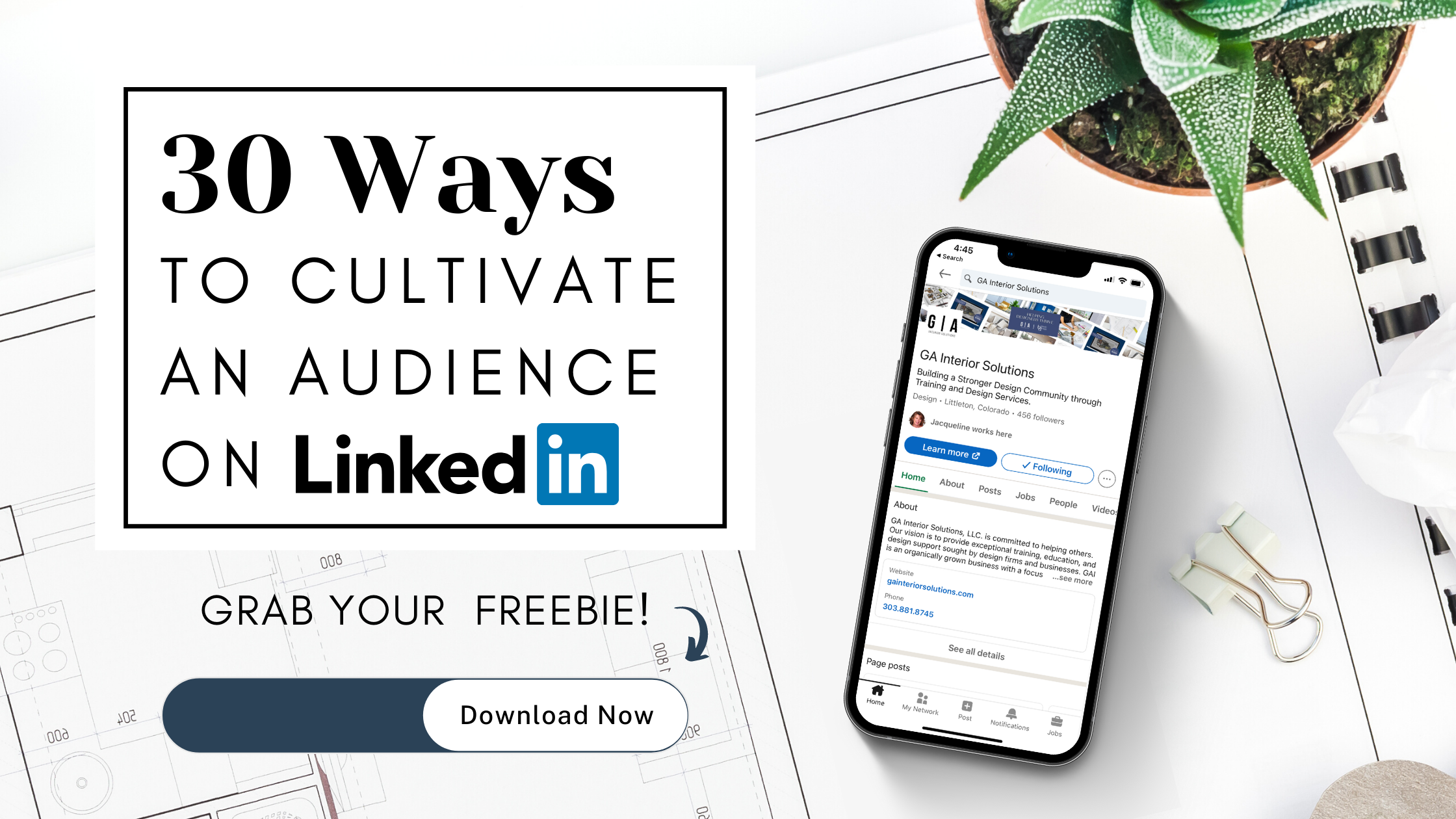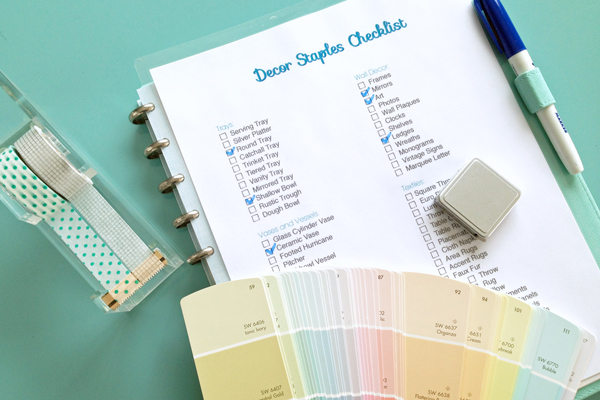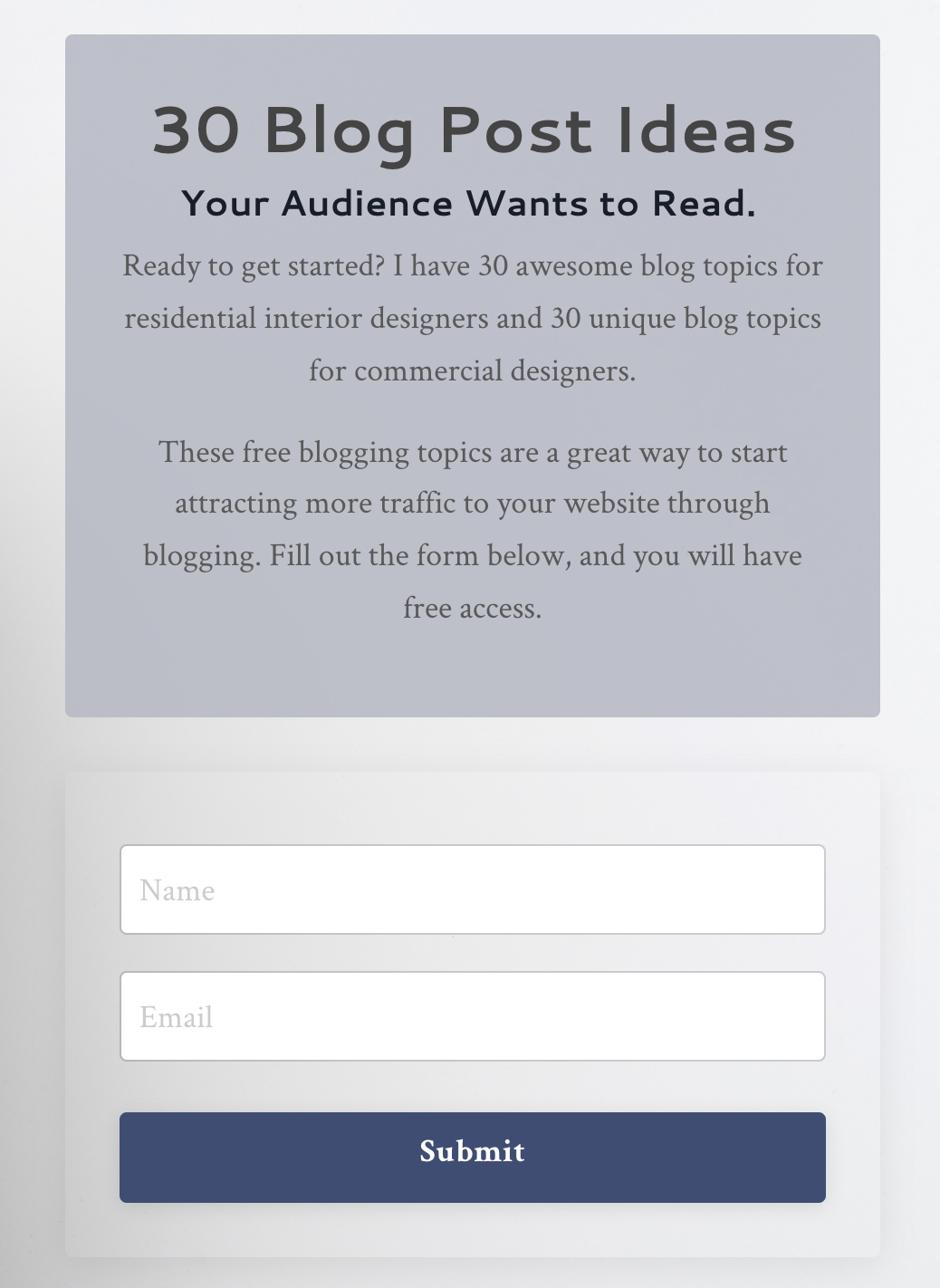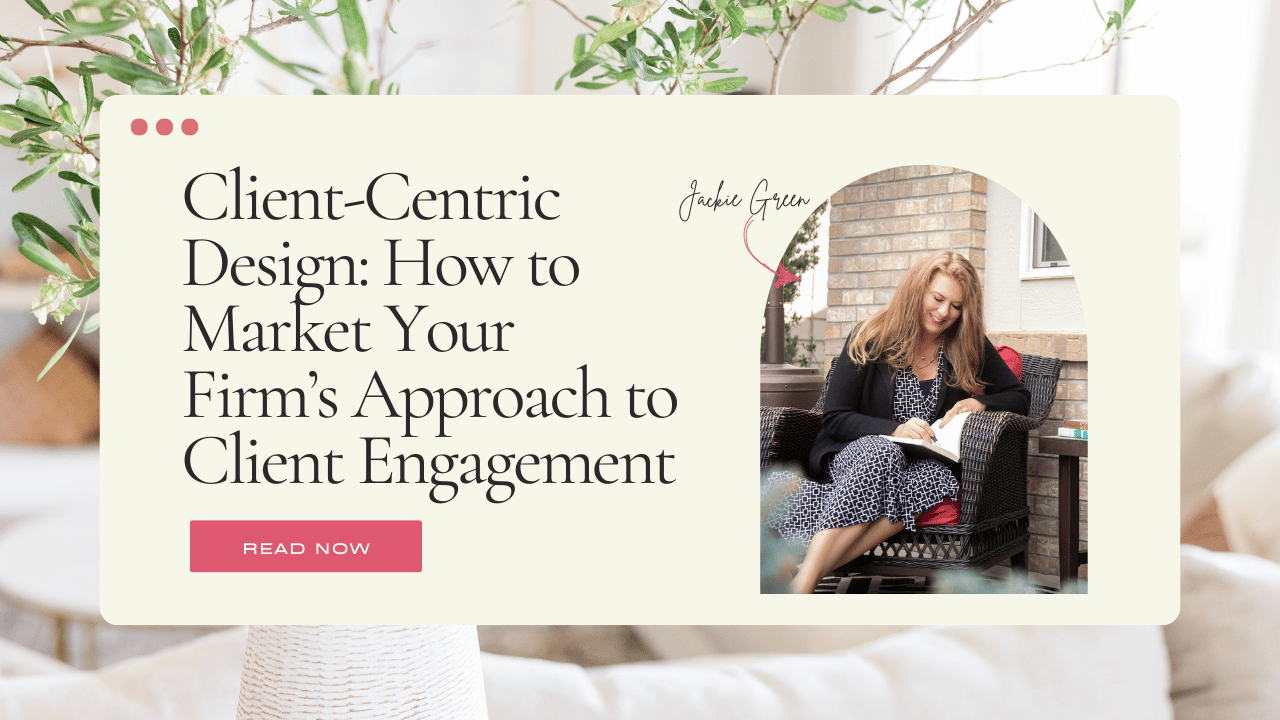How To Create A Lead Magnet That Drives Customer Engagement
Jan 11, 2022
Do you know the most powerful word in the entire English language? It's going to surprise you, but it's 'free.'
Because of its extensive psychological appeal, it's quickly become a marketers' best friend. According to the Sixth Factor, the word 'free':
- Eliminates risks in the mind of undecided customers.
- Rewards those looking for good deals and bargains.
- Is a powerful tool to separate yourself from the competition.
- Is more engaging than using phrases like complimentary, courtesy, etc.
- Stands out from a headline, teaser, call-to-action message, ad copy, etc.
- Adds value to offers and makes those who compare take notice of the offer.
So next time you're on YouTube, Instagram, Pinterest, or any entertainment site with commercial breaks, take a closer look at the words advertisers are using and I guarantee you 'free' will be the buzzword. In fact, you could even make a drinking game from the number of times you'll hear this word being used.
For this same reason, lead magnets have become a powerful tool for interior designers to drive customer engagement and attract new leads.
Related Article: How to Effectively Position Your Brand Using a Digital Marketing Funnel
What Is a Lead Magnet?
Lead magnets, in the simplest form, are freebie items or services that you can offer in exchange for an individual's contact information, which is typically their email address and/ or phone number. Its content drives awareness but it also provides useful information that helps a potential customer engage and find interest in your product or service. A lead magnet could even be a free product sample, trial subscription, demo, or other product/service-related incentive.
To help you understand lead magnets a little better, here's an example of a lead magnet I've created and used in the past:
Why Are Lead Magnets Important?
In the early stages of your interior design business, you're going to need to find creative and interesting ways of infiltrating the overly populated design market. Not only that, but you will also need to learn how to create brand awareness, build trust, increase brand engagement, and establish credibility before a potential client will be ready to open up their wallets to you.
This is why lead magnets are important. Lead magnets close the gap from exposure or awareness, to trust and likability. They give individuals a stepping stone to stand on and decide if they want more of you before making the full commitment of working with you.
By sharing and promoting lead magnets, not only are you providing great, free, and helpful resources to your target audience, but you're also gently telling them "Hey, I'm an expert at this, so if need someone to take care of this for you, I'm here."
Client Database System
The second most important function of a lead magnet is to grow your client database because you can later use this list for future email campaigns when launching a product or marketing your services. There is always someone out there with a need, and they are always looking for solutions. Offering a free guide or a cheat sheet is not only a great way of adding value to potential clients before a sale ever even happens, but it's a fail-proof way to get real people's attention. After all, lead magnets are magnets for a reason.
Before I purchase any service or item, as a consumer I think, "Is this worth my money?" With this same consumer mentality, as a service provider, think about how you can make your product and services worthwhile.
A good example of a lead magnet for this is a mini-guide. A mini-guide on your product, a mini-guide on your service, even a mini guide on "An Express Guide to Understanding Color Palettes and Choosing The Right Tones." It might sound simple, but the majority of times, consumers won't straight up tell you they need interior elevation drawings or mechanical floor plans. And this isn't because they're trying to make your life harder, but it might just be that they're not even aware of the services you provide. That's why lead magnets work. They allow us to share valuable information while guiding the consumer into the pathway we've created for them.
Lead Magnets To Use As An Interior Designer
Now that you hopefully understand the benefits of lead magnets, here are some lead magnet ideas that I encourage you to implement for your interior design business.
A Free Short Course
An interior designers' greatest asset is showing off their expertise so a free course is a perfect way to demonstrate this. As you know, the interior design field is wide, so you can talk about anything from color psychology to space planning, the world is your oyster. Touch on basic space requirements, how to design small spaces or big spaces, even talk about sourcing materials and furniture for a new project. Regardless of what you choose, just be sure to provide useful content that consumers can use to improve their spaces and they'll reward you with their contact information.
Survey
When it comes to surveys, you can pick a topic that you feel your clients have been asking a lot of questions about, and later, after collecting the information, write a report with your findings and share your thoughts as an expert. For example, if you are running a survey on "How much should you really invest in an interior designer?", consumers looking to hire interior designers will be very interested in knowing what other people thought and what the market range for interior design services is.
Webinar
Gone are the days when you had to host a live webinar, which can be tedious, gut-wrenching, and you can miss out on getting that A-tier client who is extremely busy or unavailable at that particular time. So doing a pre-recorded webinar is an incredible idea. Unlike sharing a video or publishing an ebook, webinars allow you to interact with your audience, build rapport, and put trust-building on the fast track.
Mini-Guide
Imagine being handed a free guide to a project you had been eyeing for a while with expert solutions, tips, and hacks. You wouldn't think twice about giving away your email address in order to access this. When setting up your mini-guide just remember to set it up in PDF format, explore whichever field you feel most clients are in need of and be open with your information since this will help you build trust.
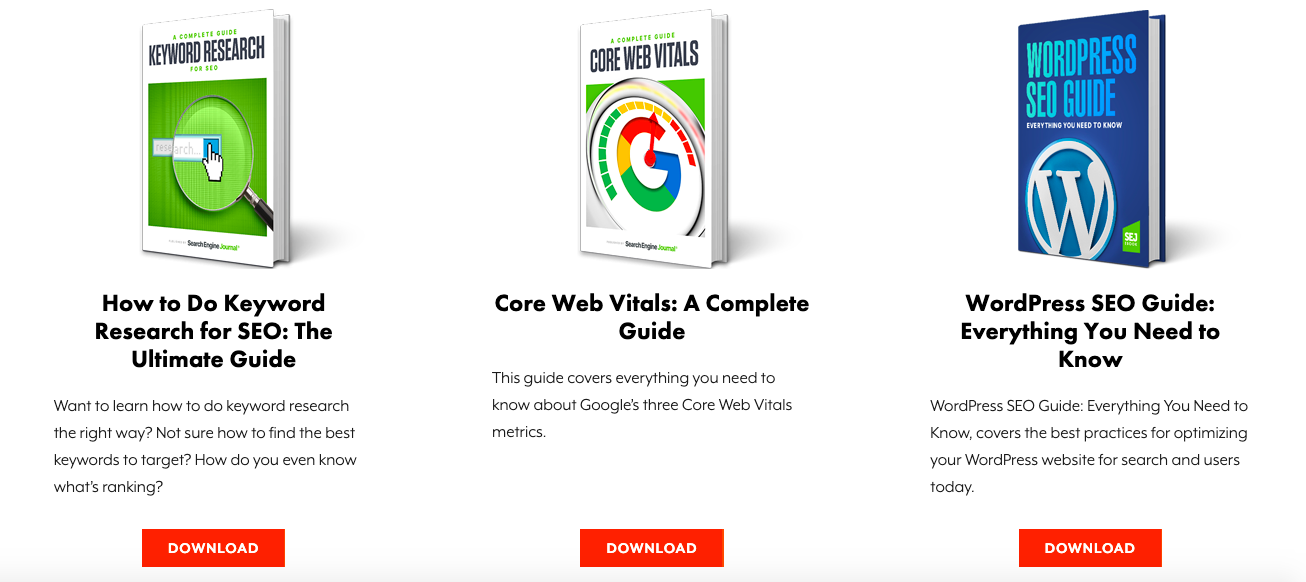
Checklist
As a consumer, one of my favorite lead magnets is definitely checklists. I often search for checklists because I realize there are always things I was unaware of or simply forgot to think about. Whether it's a checklist on "Starting An Interior Design Business", or even a "Decor Staples" checklist, this type of lead magnet is great because it's fairly simple to create and consumers appreciate how in-depth they are. To make matters better, checklists convert the best out of all the lead magnets!
Now these are just a few examples of lead magnets. There are many more you can use, but you have to do proper research on what your target audience's needs and preferences are.
Remember, a lead magnet is there to help you create a long-lasting relationship with a potential client.
Related Article: 8 Easy Steps to Converting Leads on Your Interior Design Website
Setting Up & Promoting Your Lead Magnet
Now that we've seen what lead magnets are, their importance in our businesses as interior designers, and examples of lead magnets you can use, let's go over the infrastructure of a lead magnet and how you can promote yours.
Creating a Landing Page
A landing page is a page that is dedicated to receiving all the traffic that you have directed from a particular post or link. Do not mistake a landing page for a website's home page as these are separate things. A landing page is purely for conversion purposes, and most of the time, it does not have a navigation button. A landing page is where the customer will be able to fill out their information so that they can get whatever freebie you are offering. Your lead magnet becomes your "Call to Action" button, so remember to include an interesting and catchy title to your landing page.
Forms
A landing page usually has a form. A form is an opt-in box that can either be a pop-up or embedded. The form is what allows you to be able to capture your lead's details, like so:
Follow Up Campaigns
Now that you have gathered the target's info and are about to offer them your freebie, what should happen in between these two steps? A follow-up email comes in at this point. This message can be a copy of one of your previous emails, or it can be created from scratch and tailored to your target lead based on the type of lead magnet you used.
Promote On Various Channels
Okay, so you've created your desired lead magnet, made a mind-blowing landing page, created a captivating form, and written a very appreciative follow-up email. What's the last step? Drive traffic towards your lead magnet.
There are various ways you can promote your lead magnet and below I've shared different ways you can go about promoting yours:
- Make use of your existing website.
- Put a form at the end of your blogs.
- Add a link to your Instagram bio.
- Pin a post with the link on top of your Facebook and Twitter pages.
- Include snippets of your lead magnet in your social media posts.
- Run a Google ad or a social media ad.
Now you are ready to launch your lead magnet!
Sign Up for Our Monthly Newsletter
Get helpful career, business, and design tips right in your inbox each month.
At Behind the Design, we are committed to building a stronger design community by reimagining education, training, and support for interior designers. Through our various software training options, educational articles covering everything from leadership to marketing, and soon Continuing educational courses, we are committed to helping you. Join our newsletter to get the latest education and training updates.

